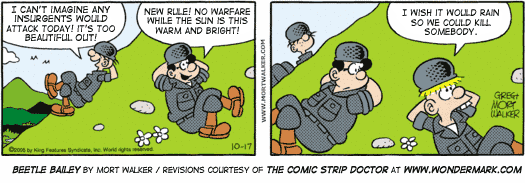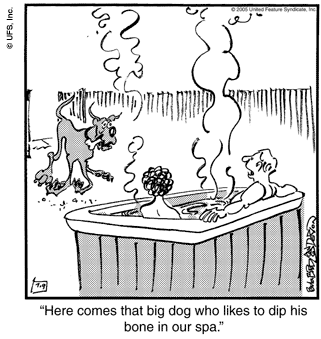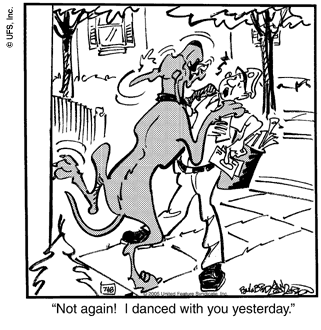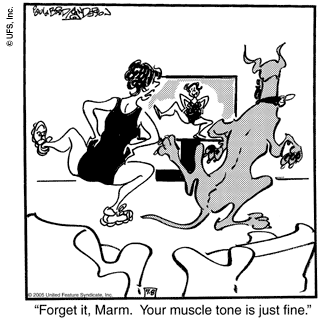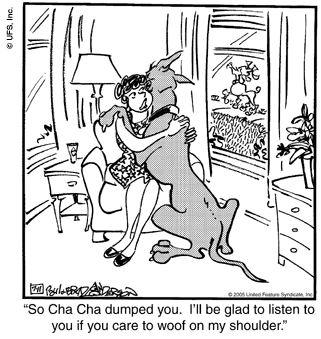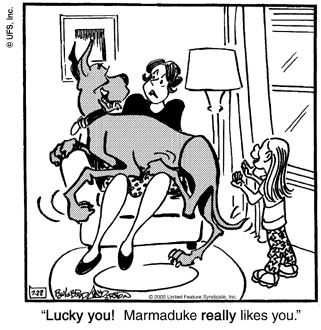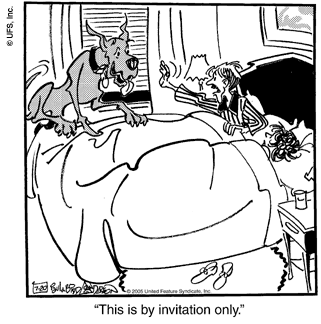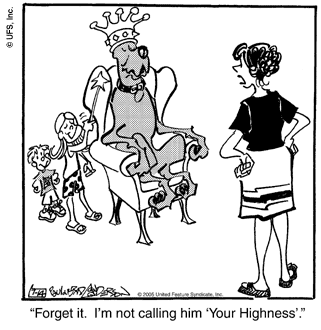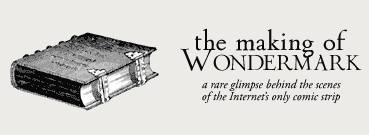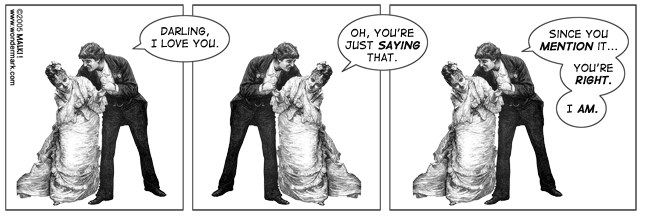
(Click any of the images to zoom in on them.)
In 1950, the United States entered the Korean War. One year later, as combat raged across the 38th parallel, a clueless frat-boy named “Beetle” Bailey accidentally enlisted in the U.S. Army, courtesy of cartoonist Mort Walker, who’d had less than stellar success with his college-themed comic strip and who wanted to give his lead character a new environment to mine for comedy gold. Lazy Beetle has slacked his way through fifty years’ worth of American military conflicts without suffering so much as a paper cut from an enemy insurgent. He’s the perfect soldier in that respect — two and a half years after Bush’s “Mission Accomplished” banner, Beetle Bailey is chipper, carefree and (most impressively) still alive.
Of course, he’s never actually seen combat, save for a few mock battle drills and the persistent Abu Ghraib-like treatment he suffers at the hands of Sgt. Orville Snorkel, the Skipper to Beetle’s Gilligan. He is a soldier who never kills, in an army which never fights, for a country which never calls on him. He is a pretend grunt, walking emptily through a facade of Eisenhower-era Army life, suffering through all of the K.P. but with none of the K.I.A. He is a soldier in the same sense that Russian sleeper agents raised in replica American towns in Siberia are Americans. He is an Army of None.
Which raises the question: what, exactly, is the point of the comic strip? Honing his craft for over fifty-five years at this point, Walker has delved into the subject of an average kid in the American military — a rich, complex subject to draw from, with examples in popular culture as nuanced as Platoon, Full Metal Jacket, and Jarhead — and emerged with (and I’m being charitable here) Dilbert in fatigues. Himself a WWII veteran, and a noted contributor to and administrator of numerous veterans’ aid organizations, Walker’s got no shortage of inspiration, yet he continues to toe the line of pabulum, keeping Beetle as detached from the realities of the military experience as B.C. is from the fossil record.

(Image courtesy of Francesco Marciuliano’s Medium Large. Used with permission.)
Granted, nobody expects Beetle Bailey to ponder the ramifications of imperialism any more than they expect Hagar the Horrible to discuss the Nordic influence on Anglo-Saxon culture in the tenth century. It’s a comic strip, and it’s a showcase for all the trials and tribulations of soldier life, such as, um, you know, peeling potatoes and having tanks around and stuff. And having a point of view on a subject as close to the public’s nerves as America At War could be dangerous for as bland an institution as Beetle. But it’s precisely because there is a global concern about the role of American military force in the world that the Pleasantville quality of Beetle stands out so abjectly.
Amazingly, Beetle Bailey has several “revolutionary” cites to its credit: in the early 1950s, the strip was dropped from the Tokyo edition of Stars & Stripes because it allegedly encouraged disrespect for officers. Of course, the civilian press laughed roundly at the Japanese, and domestic circulation in the U.S. leaped by 100 newspapers. In 1970, Lt. Jack Flap became the first black character integrated into an otherwise white comic strip cast. Although some Southern newspapers (and the Armed Forces’ own Stars & Stripes) dropped Beetle, 100 other newspapers picked it up.
And the cutting edge continues to slice onward: Cpl. Yo, the Asian character introduced in 1990, reflects “the changing face of today’s Army”, according to his official King Features description; more recently, Specialist Chip Gizmo, tech-head, joined the cast. I’m waiting for Extra-Special Specialist Bruce Fabuloso to swish his way through Gen. Halftrack’s door, reflecting The Changing Face Of Today’s Army.
And the rub of it is, Beetle is occasionally funny:
What’s particularly notable about the above strip (originally published Sept. 5, 2005) is that it has nothing to do with the premise of the comic. The same gag would work in Hagar the Horrible (given its playful anachronisms) or Crankshaft or Doonesbury or pretty much any other strip you can suggest. That’s not a bad thing; it would be silly to limit Beetle to Army-related jokes only, and after all, Dilbert isn’t in the office every strip. But it reminds us of our above question: what’s the point of doing an Army strip if your best material doesn’t reference the Army at all?
This is not to suggest that Beetle Bailey suddenly become topical and deal heavy-handedly with the War on Terror and take on the ripped-from-last-month’s-headlines quality of Mallard Fillmore. But a small step in that direction would at least bring the comic back to the semblance of relevance it had in 1951 during the height of the Korean conflict. Otherwise, Camp Swampy remains just another cardboard set for a monotone re-enactment of endless “mess hall food” jokes and their kin.
With that in mind, let’s take a look at a comic originally published on October 17, 2005:
Panel 1: Beetle and Plato lounge on a hillside. Are they on some sort of maneuvers or training? Who knows; whatever the mission, our two privates have the luxury of resting in the grass and ruminating on the pleasant things in life. Beetle: “It’s so nice and quiet up here in the mountains.” Plato: “Yeah…you can hear yourself think.”
Panel 2: Beetle and Plato look over at the heretofore-unseen Zero, who rolls his eyes in empty concentration, saying, “Funny…I don’t hear anything.”
The above strip, like the tennis one earlier, has nothing to do with the premise of Beetle Bailey, but in this case that detachment hasn’t earned it much in the comedy department. The Walkers have figured out yet another way to point at the singular trait of one of their characters. This strip might as well have read “Wow, Zero sure is dumb.” Zero: “Yes, I am.”
By keeping the spirit of the characters and setting — it’s a beautiful day; Beetle and Plato are clearly enjoying lounging in it; Zero, as usual, is clueless — we can subtly interject a bit of topicality and, at the same time, draw the character traits into sharper focus. In our version, Zero doesn’t have to be just two-dimensionally “dumb,” whereby people call him dumb and that comprises his character; he can actually be an individual over his head in a situation that he honestly does not know how to comprehend.
Beetle doesn’t have to be just “lazy,” meaning he lies down a lot; in our version, he may actively not desire to participate in the activity for which he has been conscripted. And so, he would likely make up justifications that would render his (non)behavior acceptable.
Plato, the token brainiac of the group, doesn’t need to just cite Shakespeare at every opportunity; he may believe, like all people who feel too smart for their own surroundings, that his intelligence entitles him to control his situation when, in fact, that may not be the case. None of this exploration of character needs to be detailed in the text of the strip, but it can serve as useful subtext in our revision of this installment of Beetle Bailey.
Further character work along these lines would reveal Gen. Halftrack to be a man who believes himself to be deserving of immense power, but who nonetheless deeply regrets marrying his wife. Sarge would become a man consumed by his inability to control his eating, becoming someone who exercises extremely controlling behavior in every other aspect of his life. Lt. Fuzz would be forced to face his crippling inadequacy complex. These characters are archetypes, with very easily-mined depths, yet Walker is content to endlessly remind us of the color of their gift-wrap instead of opening their packages. I suggest rectifying this.
Until next time… I’ll see you in the funny papers.
— October, 2005




